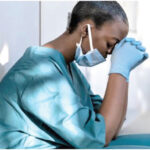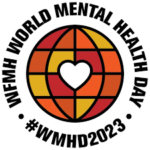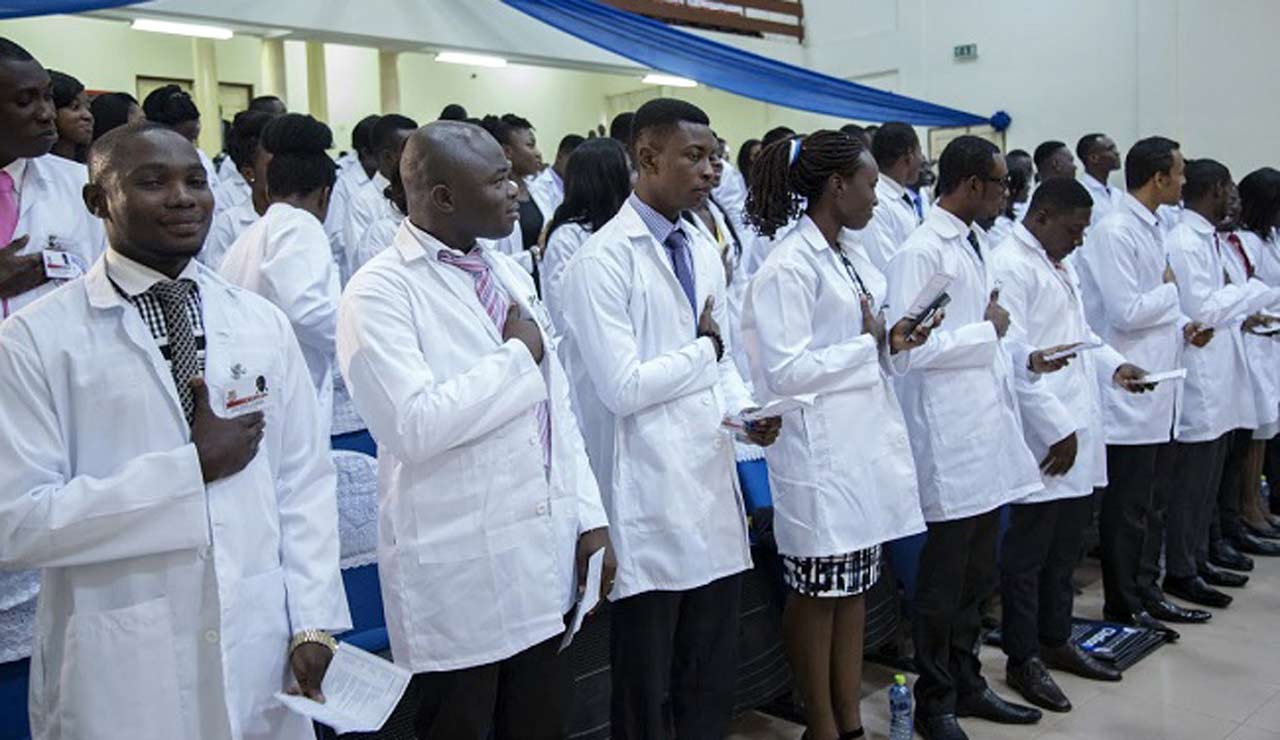Emergency Nurses in Nigeria Deplore Poor Working Conditions, Highlighting Critical Issues in the Healthcare Sector

Shortage of Nurses and Inadequate Resources Raise Concerns for Patient Care
Emergency nurses in Nigeria are sounding the alarm over what they describe as dire working conditions in many government hospitals nationwide, emphasizing the urgency of addressing these issues. The Chairman of the Emergency Nurses Association of Nigeria, Oyo State branch, Mrs. Filicia Illimms, shared her concerns in a recent interview with the News Agency of Nigeria (NAN) in Ibadan.
Mrs. Illimms, a senior nurse at the emergency unit of the University College Hospital (UCH) in Ibadan, revealed that a significant number of emergency nurses are forced to rely on flashlights to attend to patients’ wounds, especially during night shifts. This reliance on torchlight, she warns, could have severe implications for patient care and exacerbate the ongoing exodus of nurses from the healthcare sector.
According to Mrs. Illimms, several fundamental elements necessary to make the nursing profession attractive, especially for those working in government-owned hospitals, are conspicuously absent. “I could not attend to you promptly because we lack an adequate number of nurses capable of addressing emergency cases. We have only four to six emergency nurses performing the tasks that should require 56 nurses. This shortage undermines efficiency and timeliness in the delivery of patient care,” she remarked.
Furthermore, Mrs. Illimms highlighted the challenges faced during night shifts, stating that nurses are often compelled to use torchlights for administering medications and dressing patients’ wounds. She also underlined the suboptimal and insecure working environment in which they operate, calling for immediate attention to these concerns.
In a parallel statement, Dr. Samuel Adeyemi, Chairman of the National Association of Nigerian Nurses and Midwives (NANNM), Oyo State chapter, expressed the chronic shortage of nurses in Nigerian hospitals as a pressing issue within the profession. He pointed out that the World Health Organization (WHO) recommends a nurse-to-patient ratio of 1:4, but in Nigeria, this ratio stands at an alarming 1:50 to 1:100. Dr. Adeyemi also noted the lack of proper facilities and the persistent issues with water and electricity supply, adding that nurses are often required to work under extremely challenging conditions to save lives.
Dr. Adeyemi recounted a recent incident at UCH where nurses refused to wear their uniforms due to the non-payment of uniform allowances for years. He noted the disparities in uniform allowances between nurses and medical doctors, with doctors receiving N25,000 while nurses only receive N20,000, and expressed his disappointment that these allowances are not disbursed in a timely manner. He did, however, mention that the matter has been temporarily resolved between the nurses and UCH authorities.
It is crucial to understand the underlying factors contributing to the current “japa” phenomenon, especially within the healthcare sector, before placing blame on nurses and other medical professionals, Mrs. Illimms asserted.
October 11 is globally recognized by the United Nations as a day to commemorate and express appreciation for the exceptional dedication of emergency nursing professionals.



